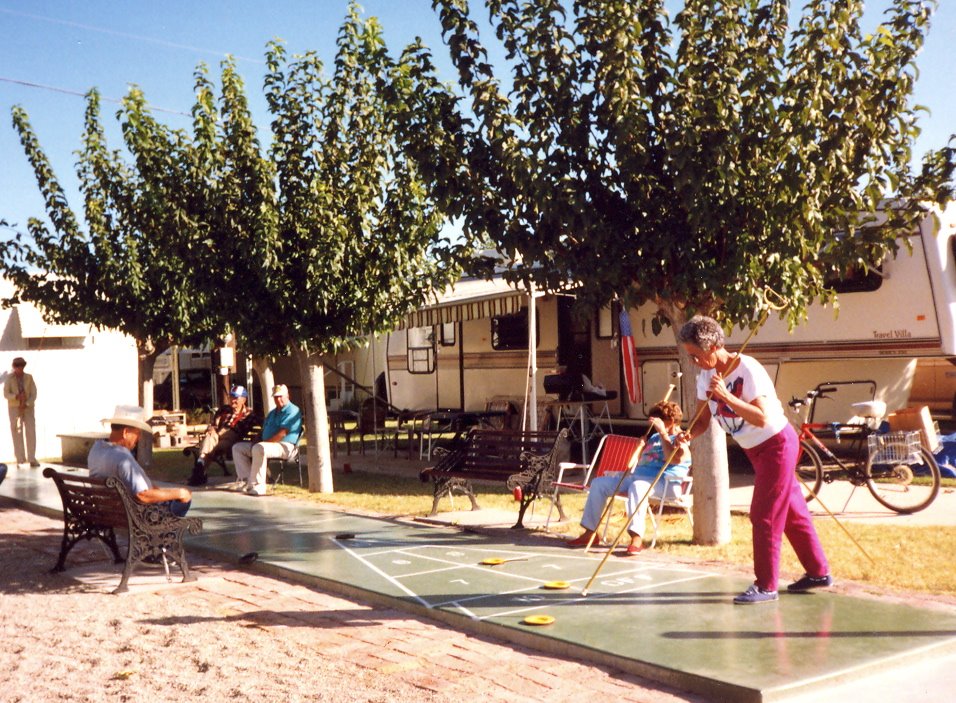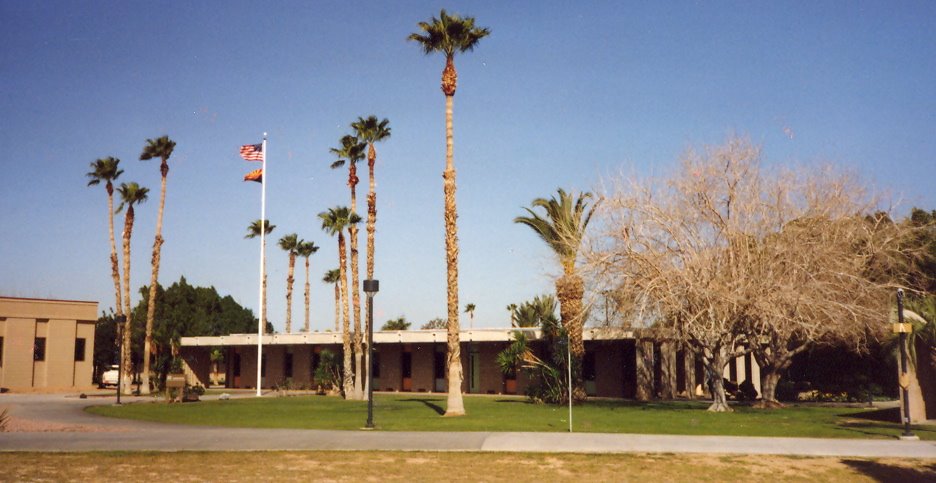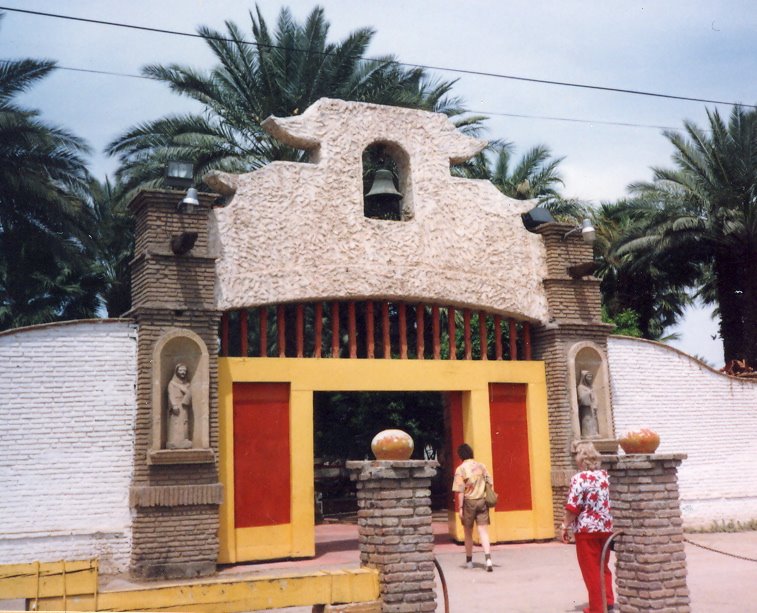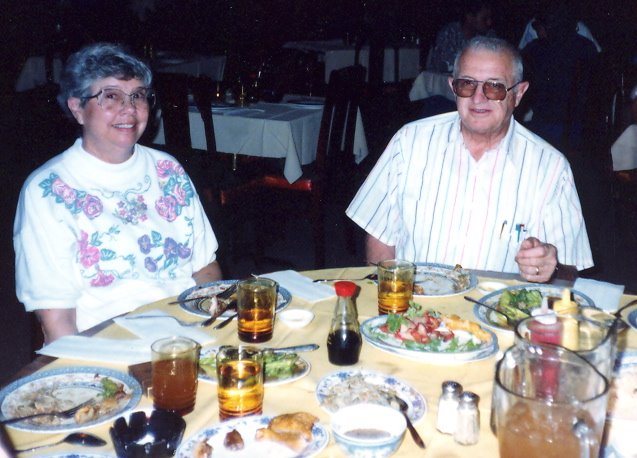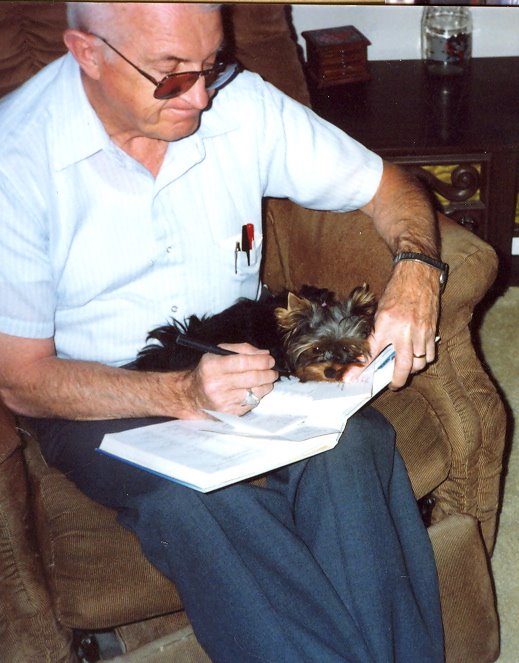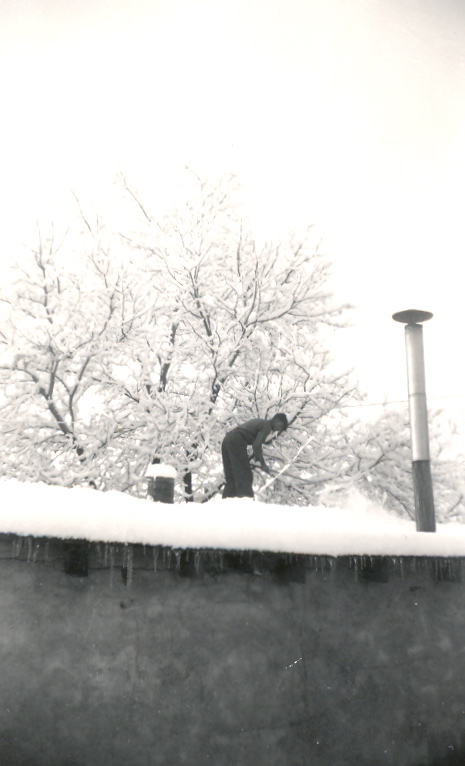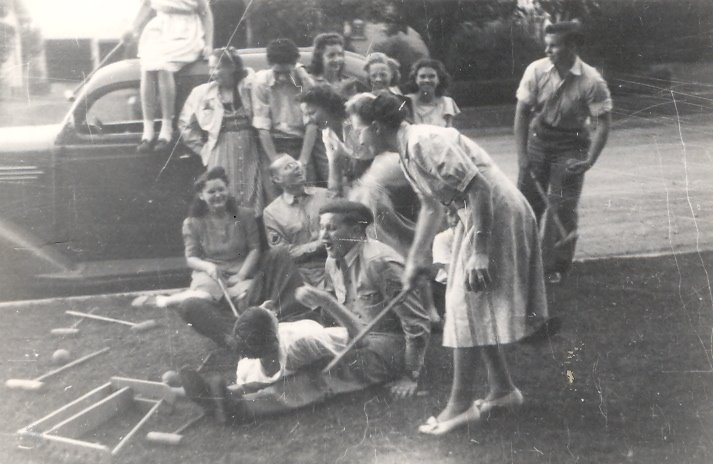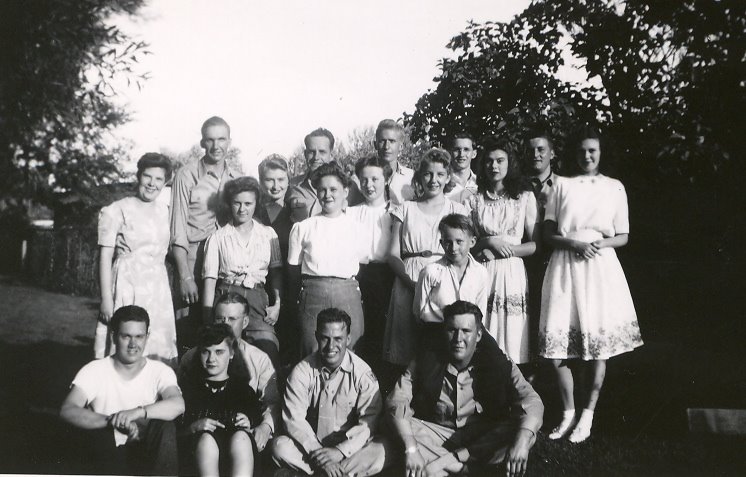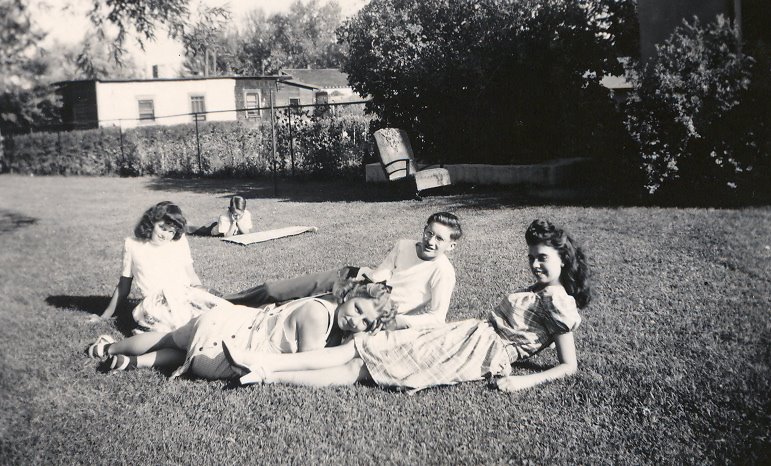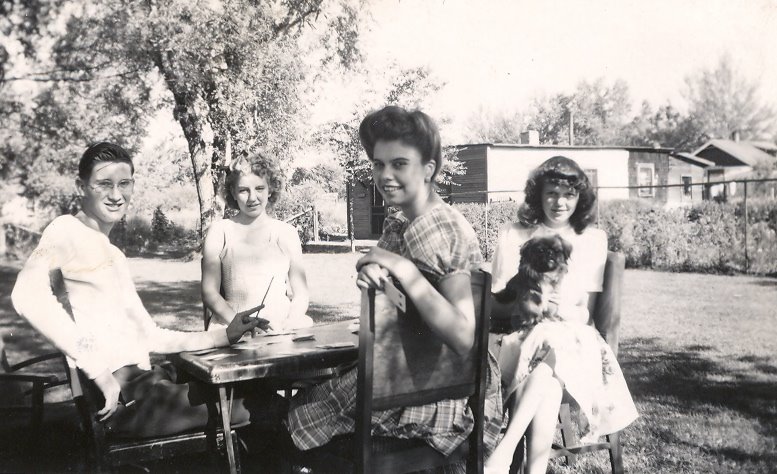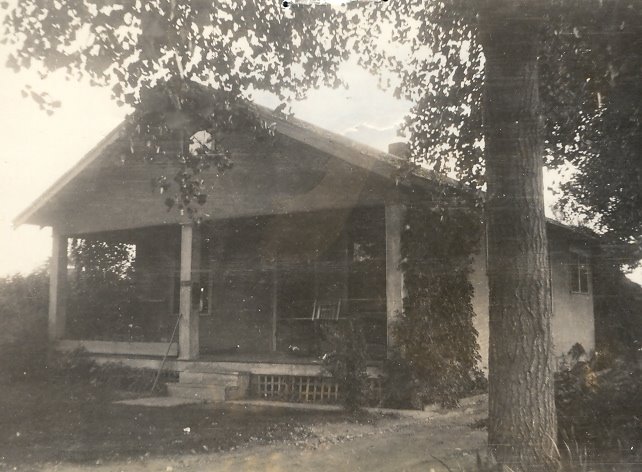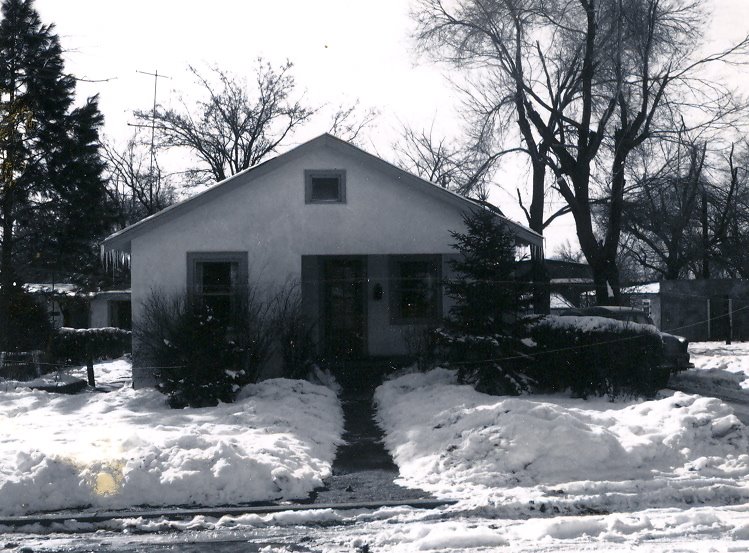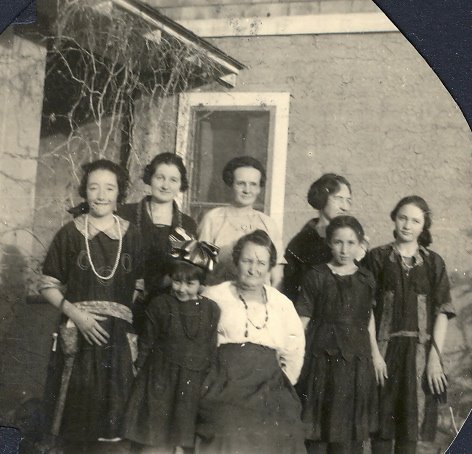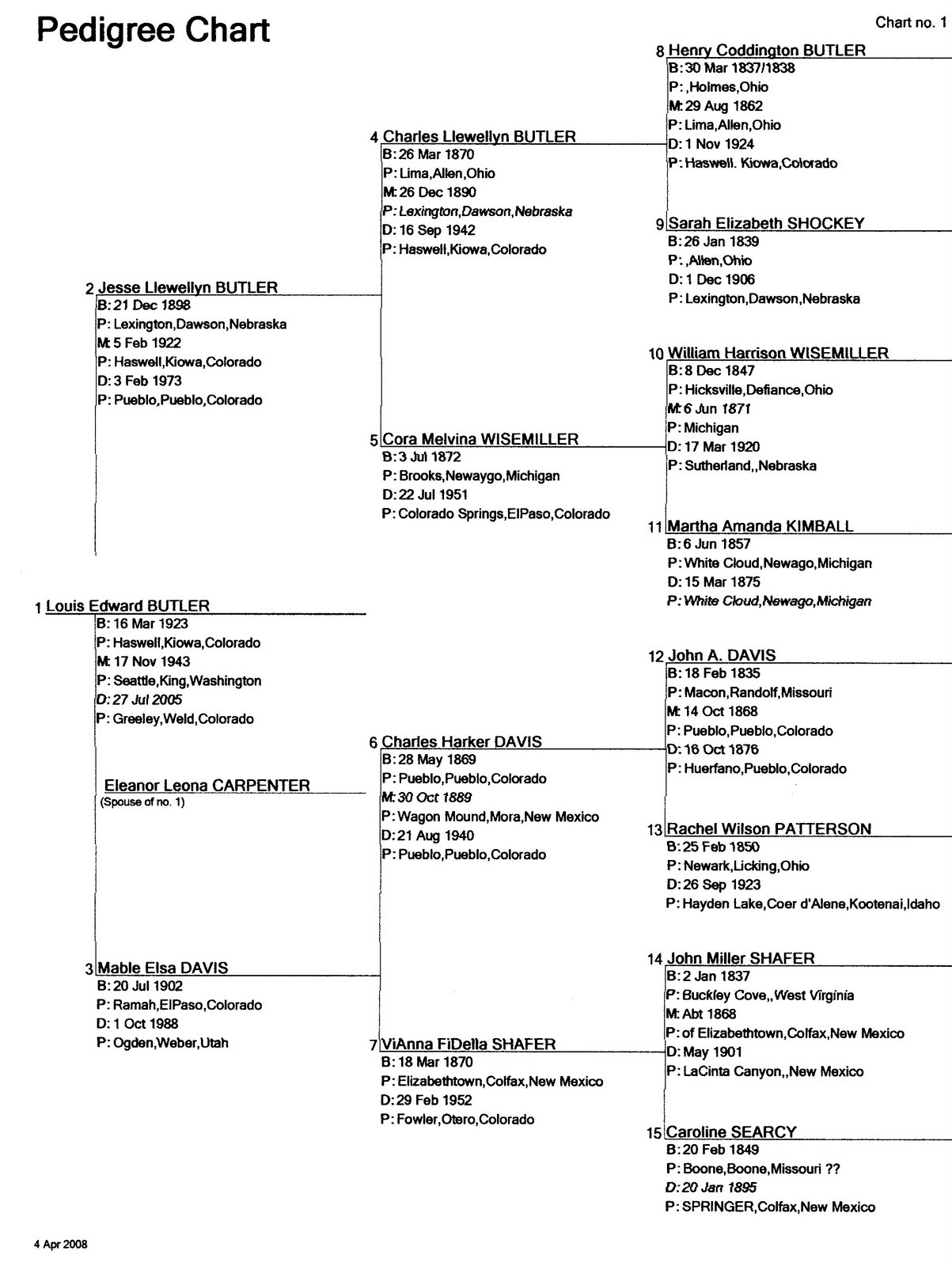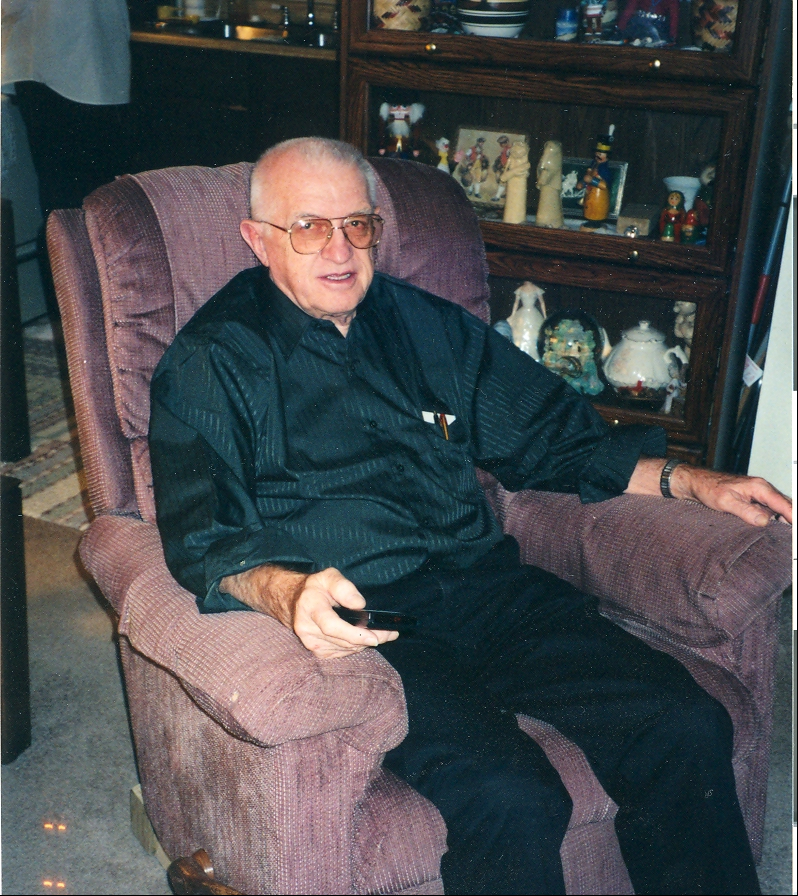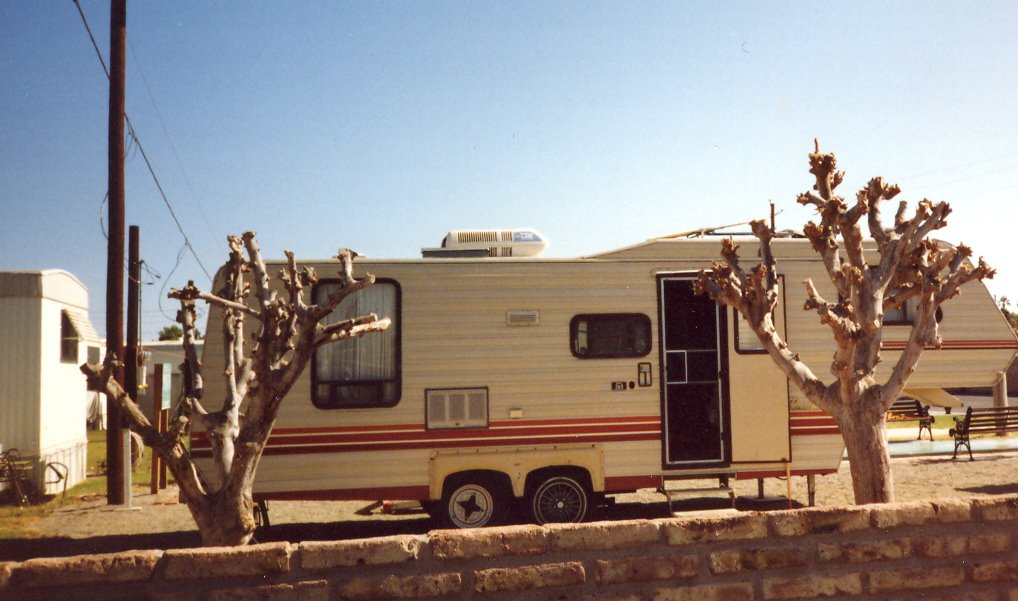
After completing a mission in Switzerland and Germany in February 1991, Mom and Dad took their 5th wheel trailer out on the road to visit all of their kids. In July of that year they decided to take up temporary residence in Yuma, Arizona where Tom and Carol live.
27 July 1991 – We rented a spot for our trailer in the Chaparral Mobile Home and RV Park in Yuma. It has a heated swimming pool and a clubhouse, as well as a washeteria. It is very close to a good grocery store and other shops and service stations. We rented it for a year for $1300. It is located a mile east of where Chuck and Carol live and a mile west to where the Stake Center is located.
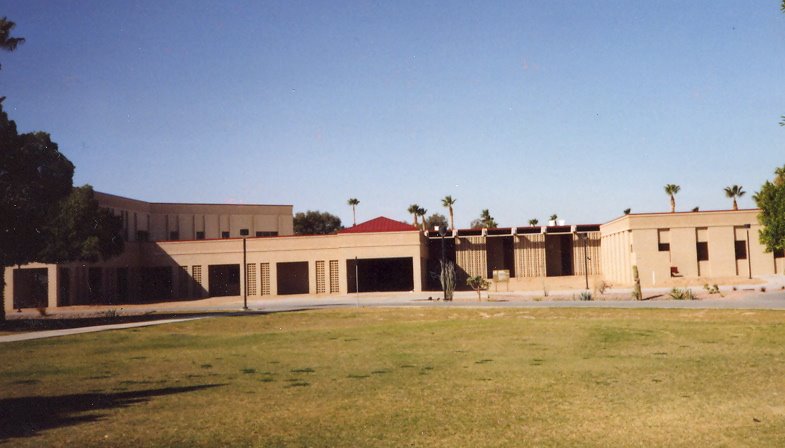
28 August 1991 – We enrolled in a Spanish 101 class at the Western Arizona College with Dr. Morgan as the professor. What a surprise it was to pay $120 for tuition, $38.50 each for our textbooks, and $17.75 each for our workbooks. Then we bought about nine tapes for our workbook study. I guess I got spoiled with the GI Bill paying for everything!
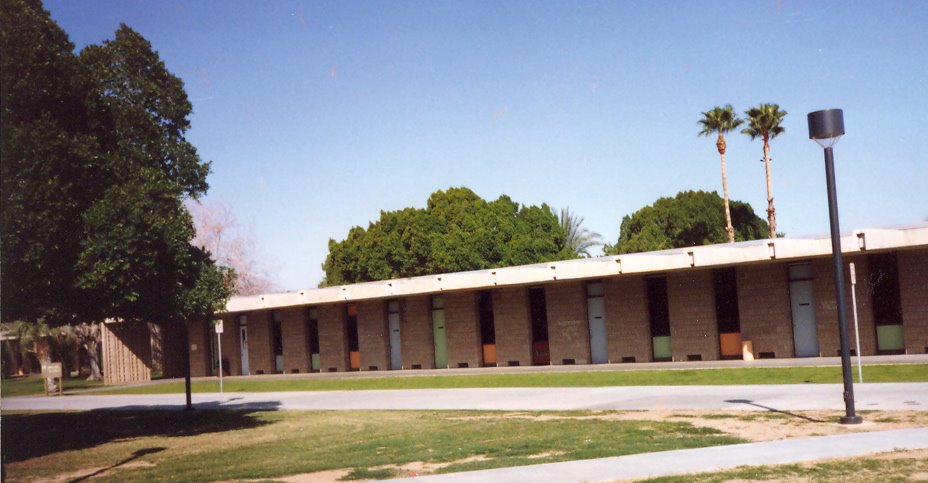 Our class was room #106 - 2nd door from the right
Our class was room #106 - 2nd door from the rightThese excerpts from his journal give us a glimpse into the struggle Dad had choosing between TV and studying. How he loved watching the fights on TV!
10 October 1991 – We got our test back today, and Leona scored 94 ½ points, while I only scored 76 ½ points. Should have studied instead of watching the fights!
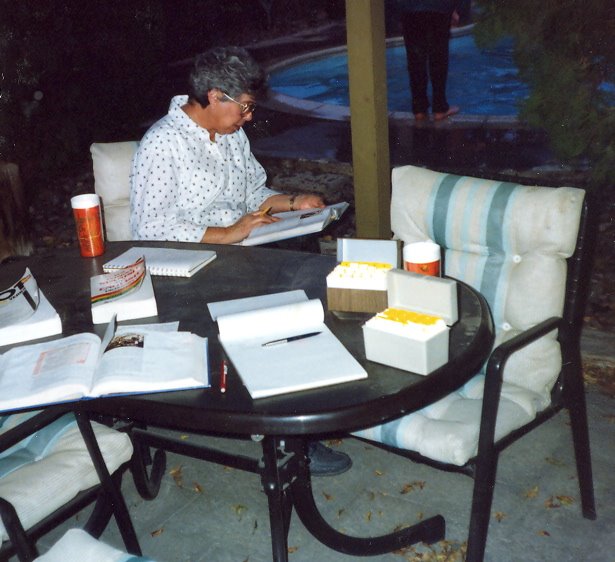 Leona studying her Spanish by the pool at Tom and Carol's house
Leona studying her Spanish by the pool at Tom and Carol's house. . . and this may be my favorite journal entry [capital letters are part of the original - not added by this blogger!]:
